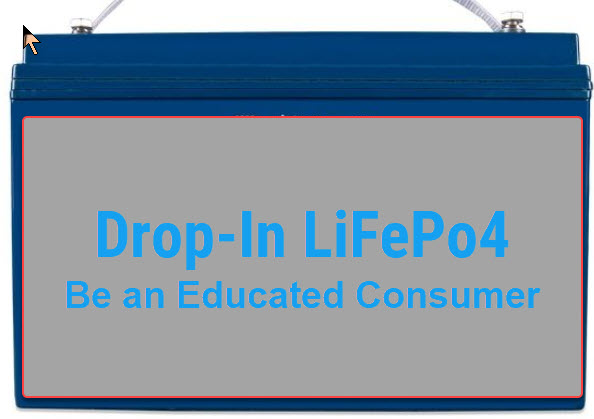Anytime we change out a battery bank we look at alternatives to the existing system, based on flooded-lead battery technology.
This is a long and interesting article from a source that I trust.

As I have long suspected, other parts of the boat's charging scheme would have to change, also. A modern shore power charger has different output criteria, but out stock alternator would seem to need to be replaced with an externally regulated one ($$).
No conclusions reached for us at this juncture. Our present "mature technology" system fits our needs, so there is no real pressure to change... yet...
I am starting to wonder if deep cycle lead-acid batteries for boats is a declining market with steadily diminishing sources?
This is a long and interesting article from a source that I trust.

Drop-In LiFePo4- Be an Educated Consumer
Lead is Dead (almost) Warning: This article is long and detailed. It may require two reads so the nuances and detail are not missed. You may be wondering why I am saying lead is dead ?The answer to that is simple; lead acid battery makers dug their own graves
marinehowto.com
As I have long suspected, other parts of the boat's charging scheme would have to change, also. A modern shore power charger has different output criteria, but out stock alternator would seem to need to be replaced with an externally regulated one ($$).
No conclusions reached for us at this juncture. Our present "mature technology" system fits our needs, so there is no real pressure to change... yet...
I am starting to wonder if deep cycle lead-acid batteries for boats is a declining market with steadily diminishing sources?
